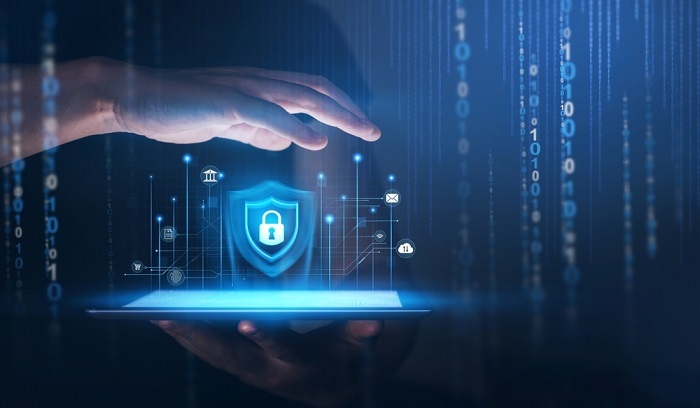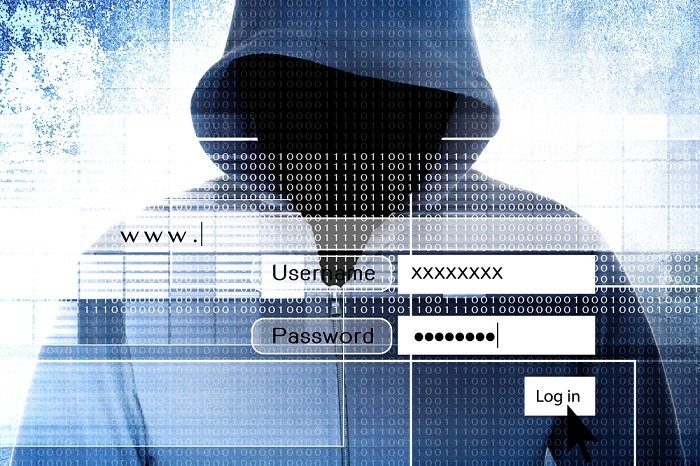
 Data Structure
Data Structure Networking
Networking RDBMS
RDBMS Operating System
Operating System Java
Java MS Excel
MS Excel iOS
iOS HTML
HTML CSS
CSS Android
Android Python
Python C Programming
C Programming C++
C++ C#
C# MongoDB
MongoDB MySQL
MySQL Javascript
Javascript PHP
PHP
- Selected Reading
- UPSC IAS Exams Notes
- Developer's Best Practices
- Questions and Answers
- Effective Resume Writing
- HR Interview Questions
- Computer Glossary
- Who is Who
Reducing Threats in A Workplace: 5 Ways Employees Can Defend the Organization
Risks at a workplace can be birthed in any shape or form, including threats from competitors, market changes, a shift in industry trends, and insider trading. Workplaces are often exposed to huge risks of data leakage and loss of confidential information. Even after investing heavily in the security of data and advanced technology, it is crucial to have the employees of the organization in the front line of defense for their workplace. In this article, we shall look at how employees can mitigate incoming threats and protect their workplace.

Organizational Threats and Their Effects On the Workplace
The failure of detecting organizational threats can be fatal. Businesses can overcome external threats by changing their business strategies and staying on top of the changing market trends. However, several internal threats can cause severe damage to the business in an instant. Internal threats can have a huge impact on the company's overall operations, reputation, and integrity in the market. Some common threats faced by organizations are ?
Theft of Data ? It is common for workplaces to experience a loss of personal data from their systems due to weak password protection or unwanted cyber-attacks. Data theft can also occur when a member of the workplace steals trade secrets and confidential information about the business to sell it in the market for personal gain.
Cyber Attacks ? Apart from the internal members of the organization inflicting damages, several hackers can attack your business via cyber modes. Cyber-attacks include unethical hacking, malware attacks, and phishing. This can allow hackers to gain access to your files and steal information about your business and clients.
Insider Trading ? One of the most unethical practices in any workplace is insider trading. It refers to a member of the company dealing with the private data of the business for their benefit. Inside traders sell confidential information about the firm to its competitor and put them at a competitive disadvantage.
Sabotaging Business Operations ? Employees can sabotage a business intentionally or unintentionally by deleting crucial business data, altering the course of production, and disrupting workplace systems. This can tamper with the operations and lead to a loss of resources.
Physical Threats ? Organizations are often exposed to certain physical attacks as well that include robbery and theft of business assets. This can damage the physical properties of the business and also harm the employees and their operations.
5 Ways Employees Can Reduce Threats to the Business
With the fast-paced technology emerging in the market, businesses have started investing heavily in security systems to control and monitor their confidentiality. Huge privacy systems have come into effect in workplaces to secure trade secrets and maintain the integrity of the firm Alongside these digital measures, businesses can train their employees to maintain the frontline of their defenses. Here are 5 ways employees can reduce the threats in an organization ?
1. Securing The Devices with Strong Passwords and The Latest Updates
One of the common loopholes that leads to the loss of private data is the weak password protection of the devices. Employees must understand the importance of using strong password protection. Weak passwords can leave the devices exposed to the risk of theft. Employees must use complex passwords and update the same at regular intervals. They must also avoid using the same password for multiple devices and accounts to avoid the systems from getting compromised.
Employees must also focus on updating their systems regularly to stay on top of the latest security systems and bug fixes. They must install the latest antivirus system and update their software to explore its new features. Keeping your devices updated helps you avoid the risk of hacking and cyber-attacks. With the latest systems in place, it is difficult for hackers to exploit your security bugs and enter your system without your knowledge.
2. Training About Cyber Attacks
Organizations must train their employees to identify and fight cyber-attacks such as hacking, phishing, and malware practices. Employees must be trained in identifying phishing emails and unsolicited links. It can save them from opening and downloading files from unknown sources that may contain viruses to damage the files.
Employees must also train themselves in reviewing their security settings frequently. They should keep a check on their devices, user accounts, wireless networks, and all other systems. They must check the security steps available to them to secure their data and implement the same to save their confidential information.
3. Educating The Employees About Unsafe Practices
Employees must be aware of the links and websites they click on using their professional domains and systems. Unsolicited links can expose the device to viruses and hack into your system. You must train your employees to identify untrusted websites and sources that can be harmful to their accounts. They must also know how to identify phishing attempts and take necessary actions against impersonating criminals.
Installing security software must be a mandatory practice at every workplace to avoid malware attacks. Employees must be well-versed in using the latest antivirus software and firewalls to protect their devices. They must ensure to update their anti-malware system to the latest versions to avoid any bugs in fighting malware viruses. Employees must know the trusted and reputable sources to install security software from to get legitimate results.

4. Practicing Vigilance
Employees must be hands-on and vigilant when it comes to suspicious behaviors in the organization. They must report any such action that they notice occurring in their system, accounts, or workplace. Some ways to identify potential risks are unsolicited attempts to access personal files, strange emails and phone calls, and large data files.
Employees must know how to trust their gut feeling and take immediate action when some things feel out of the place. Alongside the digital changes, employees must also be aware of the changes happening to sound them in the physical space. They must report to the higher authorities if they notice anyone suspicious lurking around their systems or feel a risk of robbery or theft. They must take necessary actions to avoid any physical danger of robbery, theft, or vandalism.
5. Complying and Responding to Security Norms
Organizations must set a general structure for maintaining the privacy of the company. Employees must comply with these policies and undertake security measures as per the company standards. They must follow the protocol and submit their safety measures to the company at frequent intervals.
Employees must stay aware and respond to the potential threats coming their way. They must develop their defenses to prevent unwanted elements from infiltrating their private files. Employees can also stay updated with the latest security measures and brainstorm on ways to implement the same to improve their company's privacy status.
Conclusion
Employees are one of the biggest assets of any organization. The employees have to stand in the front and protect the integrity of the business. By learning about the threats, employees can develop themselves to counter the attacks and protect their workplace.

